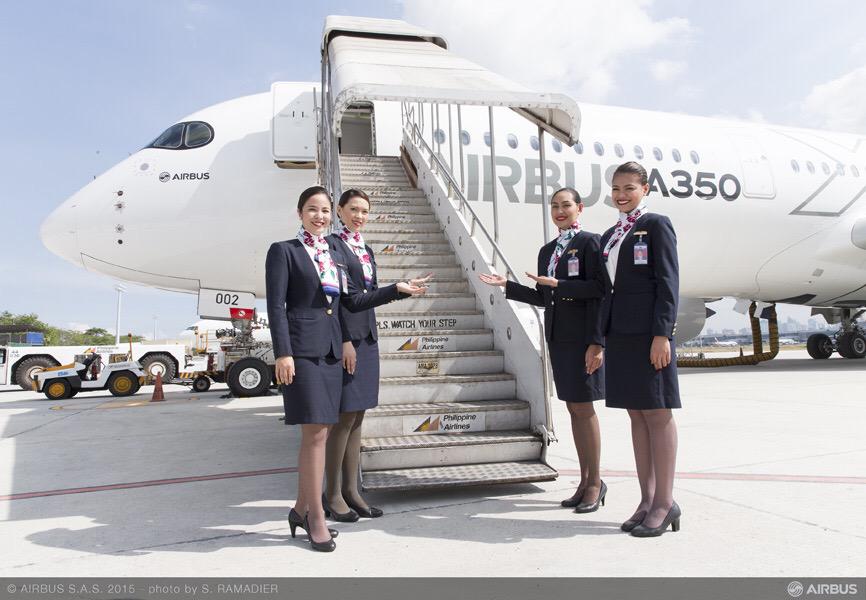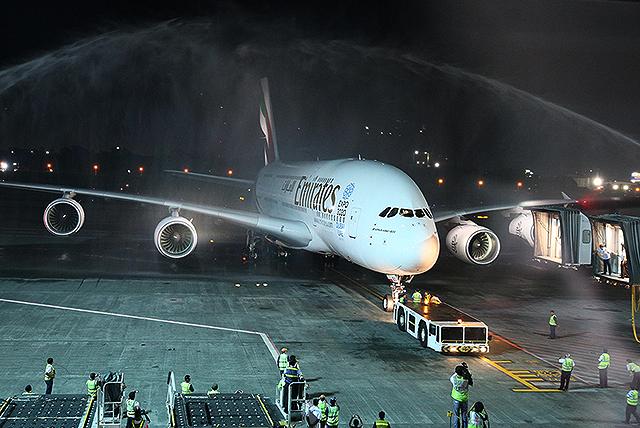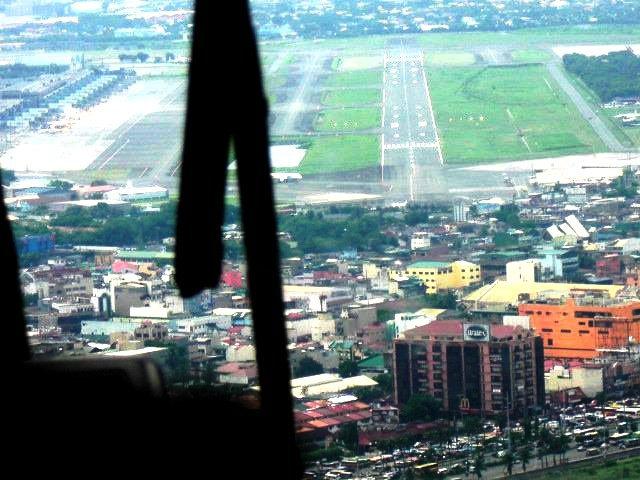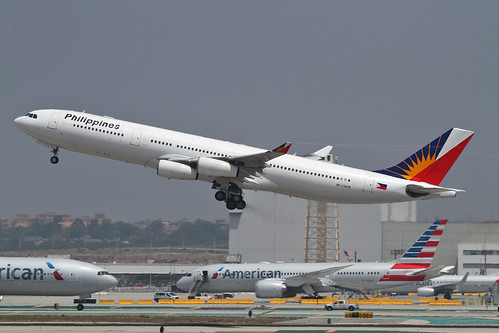Countdown To Reality
30 August 2015
 There is no official announcement just yet but Philippine Airlines (PAL) is expecting to order the Airbus A350-900 in couple of days following Cathay Pacific direction in fleet planning.
There is no official announcement just yet but Philippine Airlines (PAL) is expecting to order the Airbus A350-900 in couple of days following Cathay Pacific direction in fleet planning.
Commonality
Pilot Training
Fuel efficiency
30 August 2015
 |
| At 6500nm the A350-900 proves to be the most efficient plane from Los Angeles to Manila |
 There is no official announcement just yet but Philippine Airlines (PAL) is expecting to order the Airbus A350-900 in couple of days following Cathay Pacific direction in fleet planning.
There is no official announcement just yet but Philippine Airlines (PAL) is expecting to order the Airbus A350-900 in couple of days following Cathay Pacific direction in fleet planning.Commonality
- Frame commonality to existing Airbus wide body fleet of PAL that would consolidate pilot rating from the Airbus A330/A340 to the A350.
- The European Aviation Safety Agency (EASA) and the US Federal Aviation Administration (FAA) already approved common type rating for A330/A340 and A350 aircraft types last year.
Pilot Training
- Simplified Pilot training for eight (8) days from operating A330-300 and A340-300 to A350-900 flights.
- According to Airbus, the "differences training" of A330/A340 to A350 aircraft types does not necessitate the use of a ground-based full-flight-simulator, which allowed it a 65 percent reduction in pilot training time comprising eight days as compared to standard transition course.
- Training course facilitates the creation of a pool of pilots who can fly both the A330/A340 and A350 XWB in a single-fleet flying (SFF) concept for increased scheduling flexibility and mobility.
- The conversion course involves 4-day ground course + 4 days of systems training, afterwards A330/A340 pilots make their first take-off and first landing in the A350.
Fuel efficiency
- 2.4% better engine efficiency of Rolls-Royce Trent XWB-84
- 1.5% LAX-MNL
- 9% lower block fuel burn per seat
- Unprecedented 370-Minute ETOPS Diversion Time
- Facilitate more efficient transoceanic and transpolar routes like New York to Manila.
- 3-3-3 seat layout in Economy, generous-by-modern-standards 18" seat width and 32" legroom
- 2-2-2 seat layout in Business, either 36 or 48 Business Class seats and 60" legroom
- HD touchscreen monitor (17" in Biz, 10.6" in Econ) plus a touchscreen remote
- 11 more passengers under similar configuration























%2BManuel%2BR.%2BNierra%2BII%2BTO.jpg)




